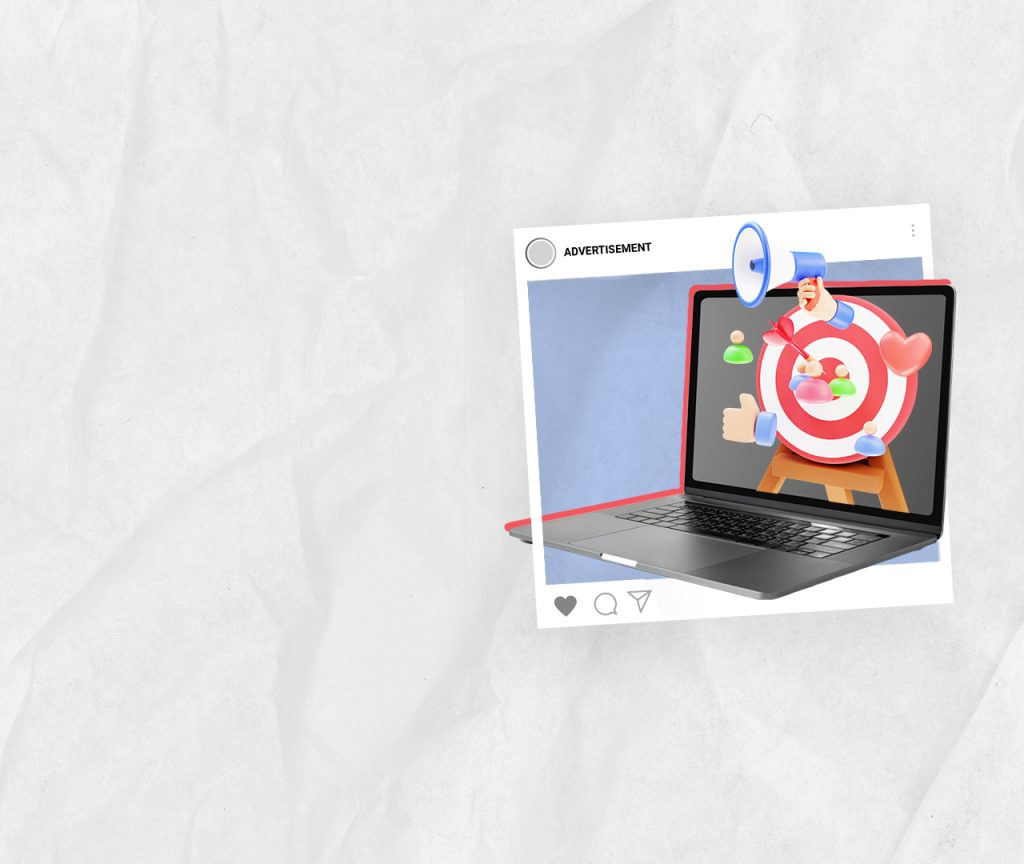In the ever-evolving landscape of education, Virtual Reality (VR) stands out as a transformative force. From K-12 to higher education, VR is reshaping traditional teaching methods, offering an innovative, immersive, and interactive learning experience. This post explores how schools are embracing VR and its profound impact on education.
Virtual reality in Education: By the Numbers
Last year, 57.4 million Americans, constituting 15% of the population, were virtual reality users. The global market for VR in education surged from $6.37 billion in 2021 to $8.66 billion in 2022, with projections reaching $32.94 billion by 2026, indicating a staggering compound annual growth rate of 39.7%. Notably, 97% of students express eagerness to participate in VR courses, and 93% of teachers believe it adds excitement to the classroom.
Revolutionizing Education Through VR
1. Simulated Skills Training
VR is revolutionizing technical and vocational education, offering students a safer and more immersive learning experience compared to traditional methods. Hazard-free virtual environments allow for hands-on learning, especially in subjects like chemistry.
2. Distance Learning
In response to challenges like the COVID-19 pandemic, VR is facilitating distance learning by creating immersive environments where teachers and students can virtually be in the same room. Institutions like Stanford University’s Graduate School of Business and the University of British Columbia’s Allard School of Law are already conducting courses entirely in virtual reality.
3. Special Educational Needs and Disabilities (SEND)
For students with special needs, VR provides a personalized and calming educational experience. It caters to their unique needs, making education more inclusive and accessible.
4. Virtual Field Trips
VR enables virtual field trips, bringing the world into the classroom. Platforms like Google Expeditions allow students to explore historical sites and events without leaving their classrooms, overcoming financial constraints and mobility limitations.
Impact of VR on Education
Equality of Access
VR breaks down physical barriers, ensuring equal access to immersive learning experiences for all students.
Boosting Student Engagement
By transforming theoretical concepts into immersive experiences, VR enhances student engagement, motivation, and success.
Reducing Risk
VR creates risk-free learning environments, allowing students to experiment, practice, and make mistakes without real-world consequences.
In conclusion, as VR becomes integral to education, it not only represents technological progress but a fundamental shift in the learning paradigm. The future of education holds further transformations, with VR leading the way in innovation.

beproagency.comipsum dolor sit amet, consectetur adipiscing elit. Ut elit tellus, luctus nec ullamcorper mattis, pulvinar dapibus leo.
